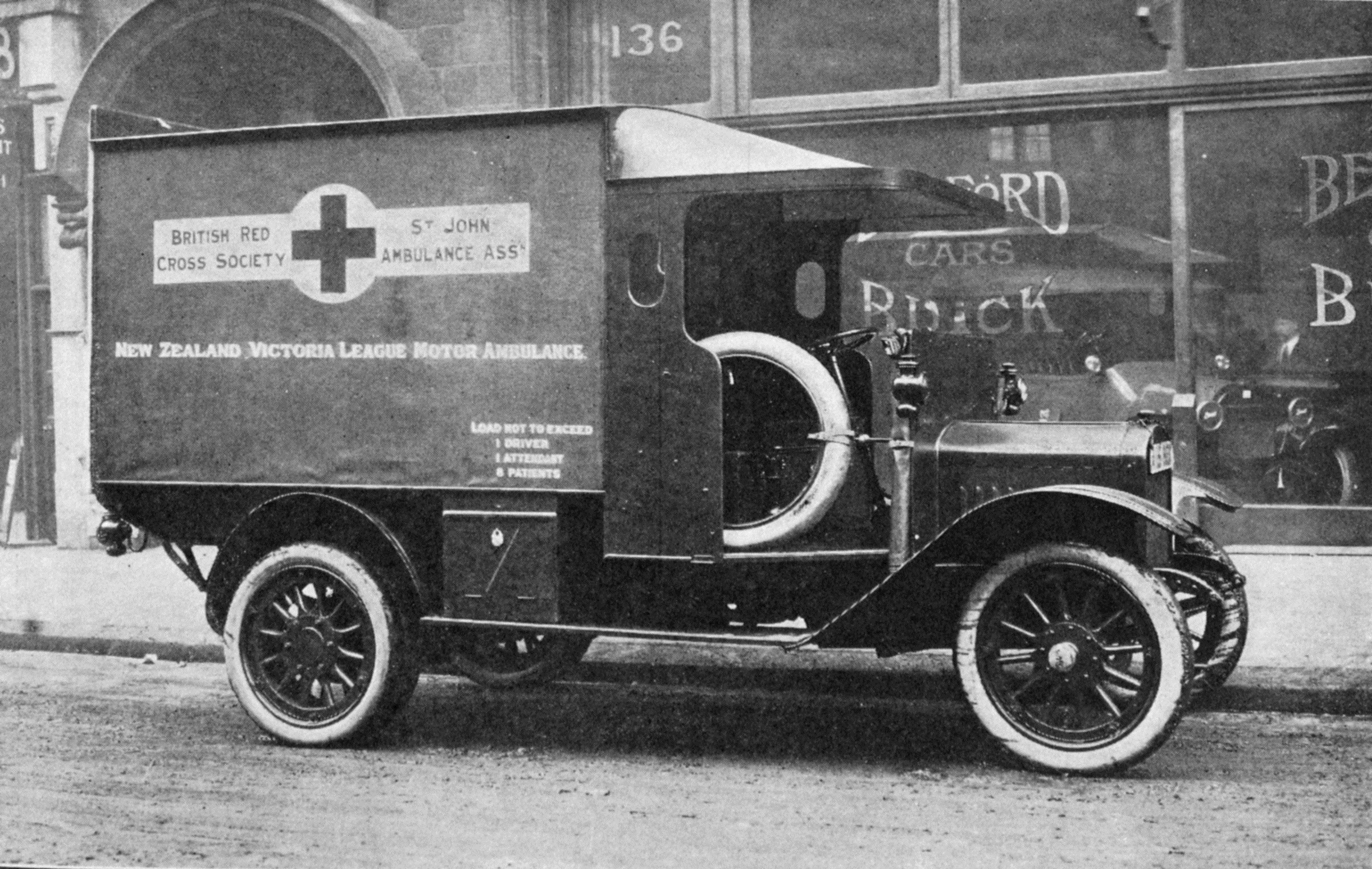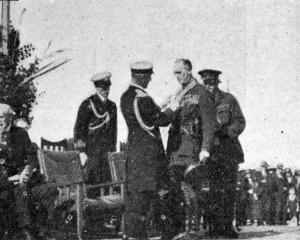
The whole question of patron saints needs looking into. It is painful that St George of England, whose conflict with the dragon has been blazoned on the King’s crown and stamped on the King’s coinage and in whose honour we keep a bank holiday, should be, by Gibbon and others, confounded with his namesake, George of Cappadocia, a fraudulent army contractor who made money by supplying bad bacon to the troops of Julian the Apostate. Miserable doubts hang round the name of St George. St Patrick of Ireland was born in Scotland, his father a deacon, his grandfather a priest, the celibate rule for the clergy still in the future. But "his existence has been doubted, and his name has been ascribed to seven different persons at least."
So say the books. St. Patrick is in almost as bad a case as St George. St David of Wales, if he existed (a big "if"), was born in Wales.
"Taffy was a Welshman," nothing surer; and "Taffy" is Welsh for "David". But his "history" is at best history and fable, and we are left to guess between them, which is which. As for St Andrew (who was not a Scotsman, be it said, though many may have thought so), his selection as the patron saint of Scotland has been variously explained. According to one authority it is sufficient to mention that St Andrew was the apostle who, when everybody was hungry, found the boy who had the loaves and fishes. — Civis.
Mad cow chaos
A cow which escaped from a shipment landed on the Petone wharf provided some excitement for travellers on the Hutt road recently. The animal had got on to the Petone beach, and being unable for some time to get away owing to the sea wall, had endeavoured to quench its thirst with sea water, with the result that it went mad and ran amok. In the morning it was engaged in holding up the traffic on the Hutt road, charging even motor lorries; while cyclists, when they came in view of the beast, which was frothing at the mouth, generally made discretion the better part of valour, and crossed the fence on to the railway line. During its ‘‘outing’’ it visited the Grand National Hotel, to the great consternation of the staff and visitors, who quickly sought safety.
Ageing patriot
A veteran of 74 years, who has seen service in many lands, and who has worked on survey parties in the King Country for the past quarter of a century, presented himself at the Taumarunui recruiting office the other day, and said he wanted to enlist. In answer to a question regarding his age, he was not sure whether it was 46 or 47 years. He passed the medical examination, his sight and all his other faculties being quite good. Just as he was about to leave the office in triumph the sergeant of police happened to enter and gave the man’s real age. To all appearances (says a correspondent of the New Zealand Herald) the would-be recruit is perfectly sound, but there seems to be no doubt about his age, for a trustworthy Taumarunui resident states that he knew him 40 years ago, when he looked very much the same as he does today. — ODT, 19.5.1917.
• COPIES OF PICTURE AVAILABLE FROM ODT FRONT OFFICE, LOWER STUART ST, OR WWW.OTAGOIMAGES.CO.NZ












